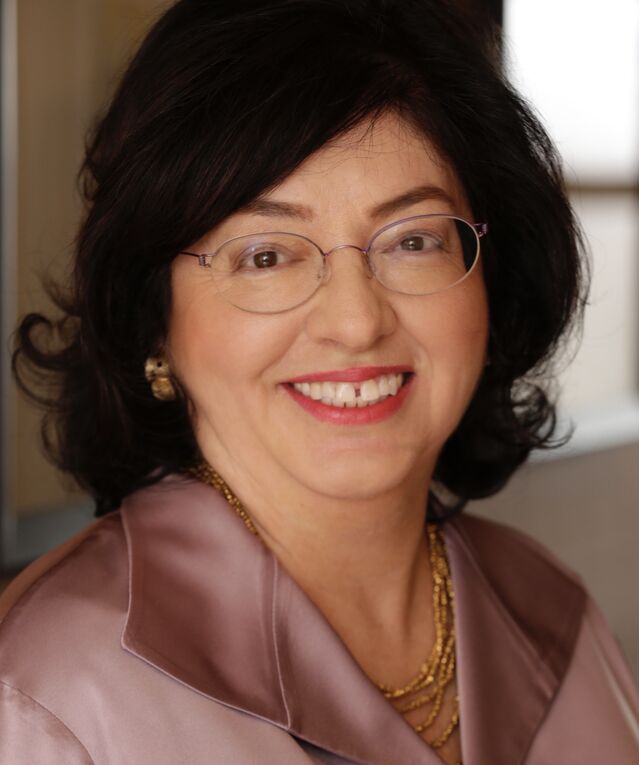Midlife
Why We Need a Mentor After 40 in the Workplace
Midlifers are more productive than ever and need mentors!
Posted February 15, 2022 Reviewed by Hara Estroff Marano
Key points
- Midlife is a time of career strength—but also expanding expertise.
- People need mentors most just when they are expected to stand alone, dispensing expertise to others.
- No one outgrows the need for guidance, especially in a rapidly changing world.
- Peer mentoring is an opportunity for gaining skills and meaningful connections.
If you were born between 1962 and 1982, middle-age has arrived! You're done growing up, but you haven't yet grown old. After decades of checking all the boxes—education, entry job, and promotions at work—midlifers have quite a bit of expertise in their field. The middle years are when people exercise their strengths and others look up to them for advice. Midlifers know how to navigate complex issues and solve problems.
But expertise is still growing between 40 and 60. There is always more to learn and new ways of doing things. No one ever sheds the need for guidance.
What do you do if everyone turns to you looking for mentorship? If you are over 40, chances are many people expect you to be the mentor. And you probably are. But what if you could benefit from having a mentor of your own? For professionals, midlife is often a time of peak learning because we are in more prominent, more complex roles. The time when we need mentors for ourselves is just when we are expected to stand alone, dispensing our expertise to others.
According to the US Bureau of Labor Statistics (2022), the median age of the professional workforce is 44, and 51 for those in the C-suite. That means most of our experienced personnel are middle-aged. When corporate executives, CEOs, and business leaders need advice, they consult Evelyn Rodstein. She is a renowned pioneer in Leadership Development, a former Fortune 100 C-suite head of leadership, and an executive and team coach.

"One of the biggest needs that is often overlooked is having mentors in midlife," says Rodstein. "Midlifers need mentors of their own to continue to grow, upskill, and utilize the nuances of their expertise honed over the decades. The world is changing quickly, and there is a need to be an agile and continuous learner. Midlifers also need guidance, and this can come in the form of a peer coach or mentor."
Work expectations have changed over the decades, moving from career loyalty to one company in the 1940s to the current model, in which people expect to change jobs frequently (Legatt, 2007). Online work, shared workspaces, and work from home are all new to everyone. Mentors can help all generations of executives navigate these new challenges most effectively..
When midlifers do not have someone at a higher level to mentor them, there are plenty of ways they can engage with peer mentors.
Rodstein shares some valuable insights on midlife mentorship in the corporate workplace.
1. Seek formal mentoring programs outside or inside your company.
2. Some executives do encourage peer mentoring— for instance, learning about other peers’ key knowledge areas in order to collaborate more effectively or prepare someone for future promotions. If you are a senior leader, this is a great gift you can give to your direct reports.
Look for mentor-able moments with peers.
These are the moments where a peer may be teaching you something on the fly. In this moment, ask questions like, “What further thoughts do you have on this? Would you be comfortable giving me feedback?”
Use the moment to the fullest and say thank you.
Seek multiple mentors for different skills. Think of them as your board of advisors.
Mentorship is lifelong. We need mentors throughout our careers, from the beginning until the end (and even after retirement). Be aware of the need for mentors to help activate strengths and bolster weaknesses. Mentoring in midlife also allows us to form meaningful connections with others. The added support helps us inside and outside the work setting. The corporate environment is ripe with opportunities to find mentorship during midlife.
References
Employed persons by detailed occupation and age. Employed Persons by Detailed Occupation and Age. (n.d.). Retrieved February 9, 2022, from https://www.bls.gov/cps/cpsaat11b.pdf
Leggett. (2007). The Aging Work Force—Helping Employees Navigate Midlife. Workplace Health & Safety, 55(4), 169–175. https://doi.org/10.1177/216507990705500406


